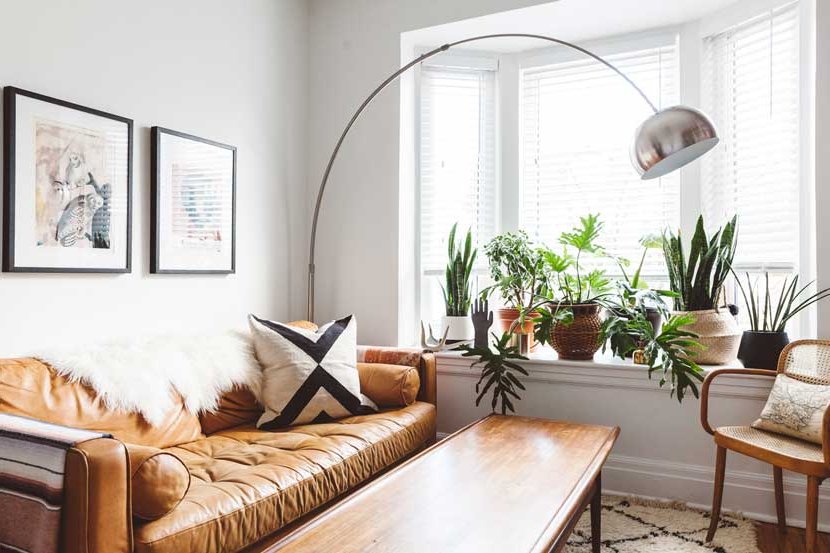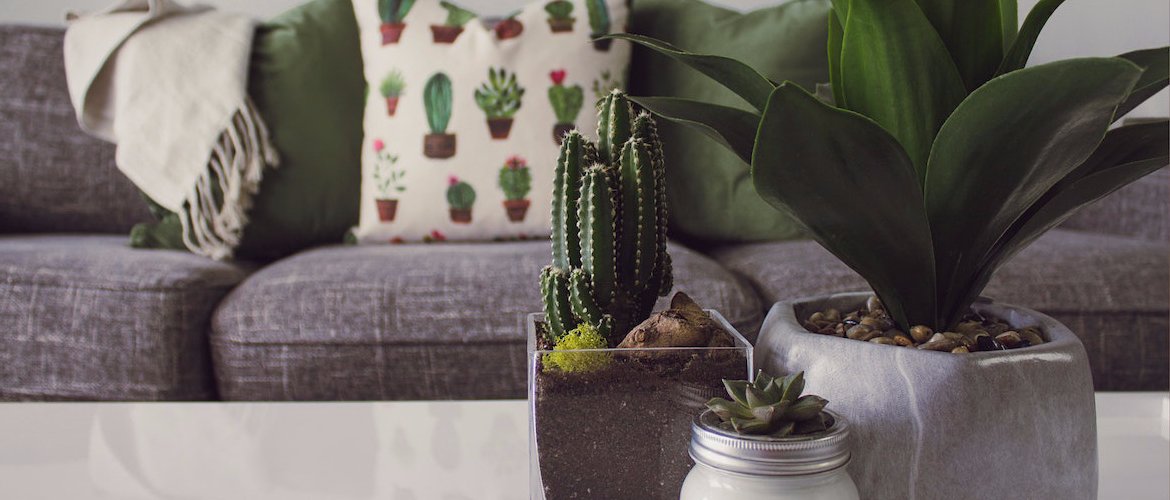How to care for houseplants in winter
Indoor plants require a series of cares that, sometimes, are even more special than those of outdoor plants. Most of the plants that you use to decorate the corners of your house begin their vegetative stop at the end of the year. Therefore, it is important that you know how to care for houseplants in winter.


In the colder months, these plant specimens that bring life to your living room, kitchen or bathroom grow more slowly because the length of the days is shortened. Therefore, the care of houseplants in this period must be different.

If you want to know how to take care of indoor plants in winter, you should be aware that controlling temperature, humidity and light is essential for them to look good.
First of all, you must stop fertilizing and be very careful with the temperature and humidity of the environment in which your houseplants are located. It is vital that they are appropriate so that they do not languish.

In addition to this, at this time of the year it is convenient to reinforce the daily doses of light. A great part of the problems of indoor plants during the winter months is that they lack the luminosity they receive during the summer season.

In winter there are fewer hours of light. The windows of your house will be your best allies so that your precious plants receive the light they need to stay healthy and great.
Since the days are shorter in winter, daylight hours are reduced. In addition to this, the light intensity is lower than at other times of the year. For this reason, it is advisable to place houseplants in windows.

On the other hand, if your house does not face south or does not receive the sun's rays well, it is best to replace the usual bulbs with others that simulate daylight. In order for your houseplants to absorb the light, you will need to keep them on for at least four hours a day.

Heating is one of the biggest enemies of the plants you have at home when winter arrives. The heat and dryness of the environment can spoil your beautiful plants.
Houseplants feel comfortable at about 15ºC. If you turn on the heating, it will be difficult, since the ambient temperature is usually around 20ºC. Therefore, it is a good idea to keep the most delicate species in a greenhouse or a gallery.

Humidity is also crucial. The heating absorbs it, so the environment is drier. To prevent plants from dying, use extras such as a bed of peat moss or a dish under the pot with gravel. Another idea is to use humidifiers near the radiators and mist water over the plants from time to time.






